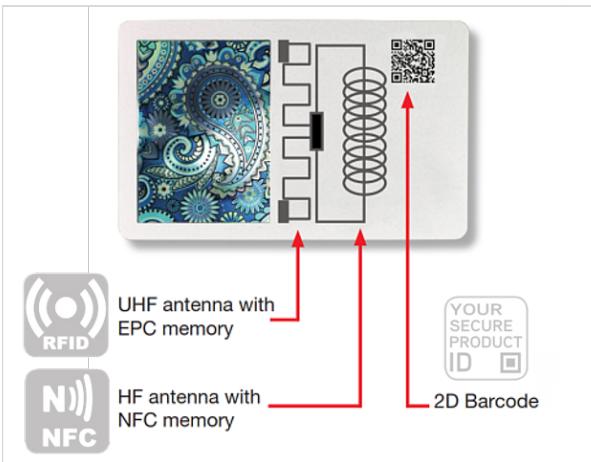2.3 Nuclear and other analytical techniques
Step 3 – Develop a fully-fledged supply chain for vegetables and dairy products.
As explained for the previous submissions, the technology will be able to analyse the marketed products and determine if they are counterfeit and whether they do not originate from the correct geographical location. However, it is relevant to highlight that this technology cannot prevent the infiltration, rather it works as a mechanism to identify counterfeit products and their characteristics after the security breach occurs. The continuous use over time will create a dissuasive effect on criminals.
Step 4 – Use of low quality and diluted materials.
The technology is capable of recognizing the geographical origin of food products as well as their composition, including the presence of toxic ingredients and if they have been diluted.
Step 5 – Building a parallel market for catering food supplies targeting small shops.
The same considerations explained in step 3 apply to this step.
Step 6 – Distortion of competition.
Scenario 3: E-commerce: criminal infiltration of online supermarket chains for home delivery of fake food Step 1 – Control of legitimate e-operators. Step 2 – Selling fraudulent food as genuine through the controlled e-supermarkets.
The technology will be able to analyse the marketed products and determine if they are fraudulent, of low quality and whether they do not originate from the correct geographical location.
Step 3 – Expansion of e-commerce market through the creation of a Super E-food app. Step 4 – Creation of dedicated social network groups/ pages to sell fraudulent products to final customers.
2.3.5 Fourier Transform InfraRed (FTIR) spectroscopy, Optical- Photothermal InfraRed (O-PTIR) spectroscopy and X-ray Fluorescence spectroscopy (XRF) Technology submission 11 A different submission in this area proposes several solutions that enable screening for abnormalities in a given product and identify its geographical origin. These solutions use several techniques, such as: 1) The Fourier Transform InfraRed (FTIR) spectroscopy, which measures the fundamental vibrations of covalently bound atoms in molecules and identifies the unique spectrum of a compound and may be
79











